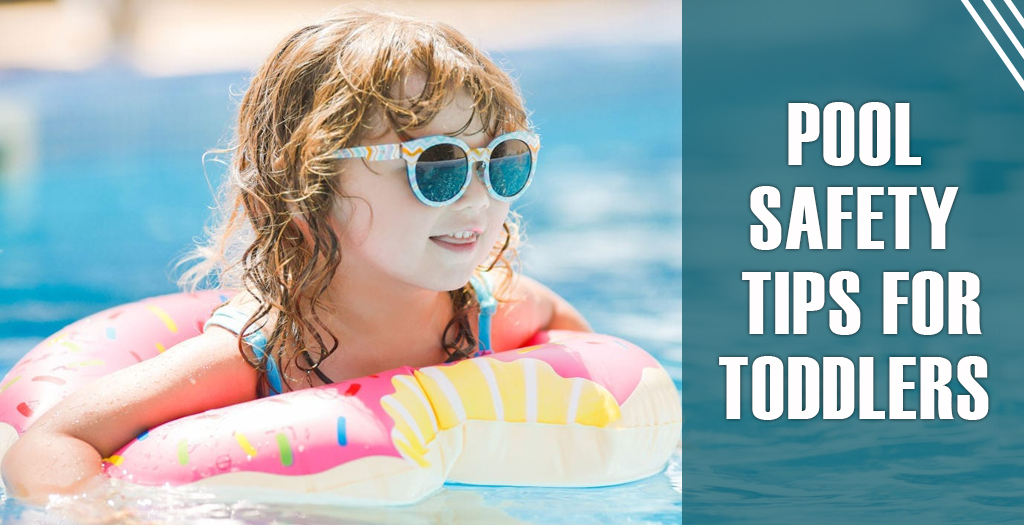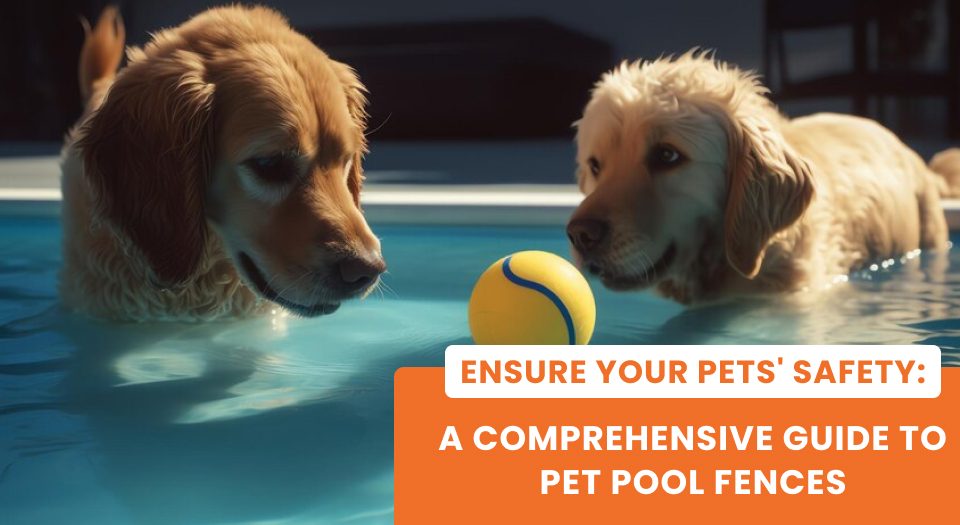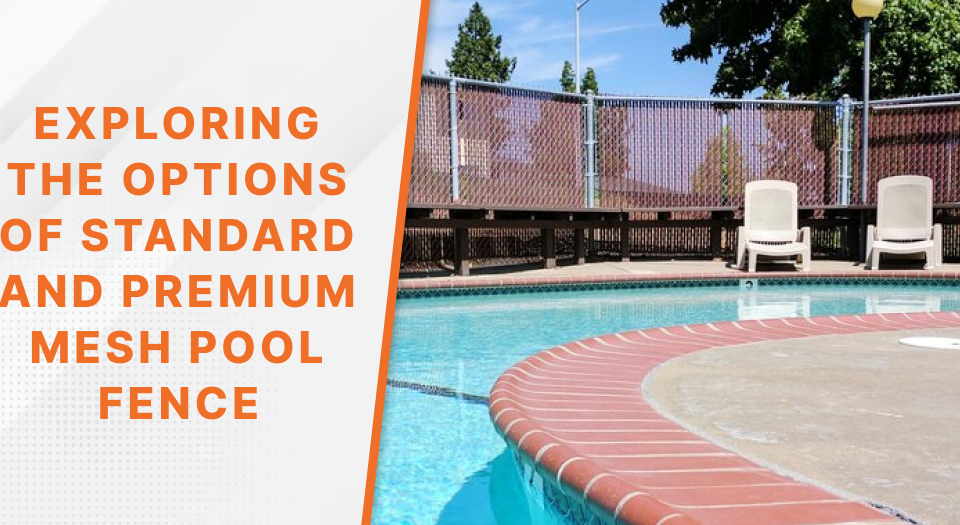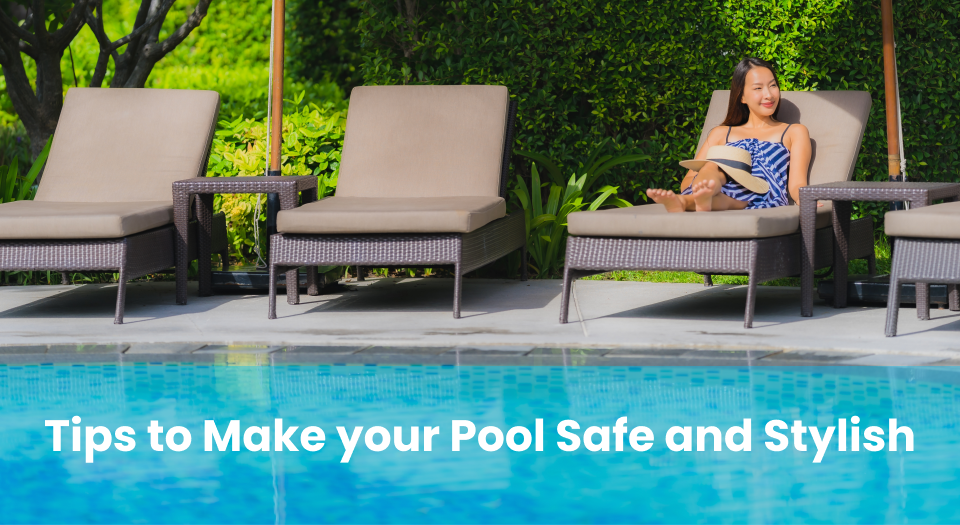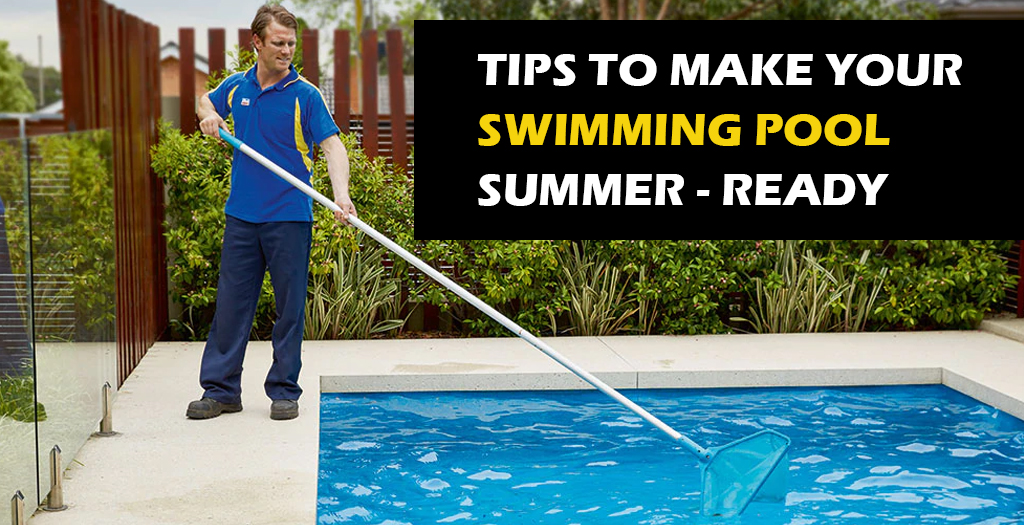
Tips To Make Your Swimming Pool Summer-Ready
April 15, 2022
Top Benefits of Installing Pool Fence in Ohio
May 13, 2022With heat and sunshine comes the promise of endless days spent playing in the splash pads, at the lake, and in the pool. This favorite vacation and summer pastime can be dangerous and anxiety-producing for parents and other caregivers of toddlers.
In general, the number of kids with unintentional injuries increases during the warmer months. According to the CDC, drowning is the top reason for accidental injury death in the US in children ages 1 to 4.
It is why parents must be aware of the pool practices and water safety. A parent must be vigilant to minimize the risk of accidents and maximize your family’s fun.
Tips for swimming safely with a toddler
When you are in the pool, adults and caregivers in charge of the toddler have to stay alert – no exceptions. Even in the presence of a lifeguard, the person’s job must be to oversee the whole pool and not watch any specific child.
Use touch supervision in or near the water
The American Academy of Pediatrics recommends staying within arm’s length and providing constant “touch supervision,” whether it is swim or bath time. Most child drownings inside the home occur in bathtubs usually during a lapse in adult supervision.
Keep minimum distractions
Drowning can happen in shallow water and can occur in just two minutes. There’s no way around actively supervising toddlers near or in the water. It means that you’re able to act fast if something goes wrong.
Designate a water watcher
Drowning often happens when there are a lot of adults around and everyone assumes someone else is watching the kids. You can appoint a ‘water watcher’ who knows which child they are watching. You should be aware that drowning is quick and silent. Typically, there is no splashing, flailing, or other noise, which may happen in less than a minute.
Swimming classes help
Learning how to swim may help reduce the drowning risk, especially for toddlers. Swim classes start as early as six months and are often available at YMCAs and other indoor pool facilities. However, do not count on them to teach your baby to swim.
Invest in a life jacket for toddlers
Many parents pick up a set of water wings for toddlers or other floating toys like rafts or noodles. However, they do not prevent drowning and may give adults a false sense of security. When children or toddlers are near a natural water body like a river or lake, it recommended that a child wear a life jacket.
Do not ignore pool rules
It doesn’t matter if you are at a backyard or public pool; general pool safety rules – like no dunking, no running, or other roughhousing, and no diving in shallow water – are rules for a reason. Make sure your child follows all the rules and tell a lifeguard if you see kids acting in ways that may be unsafe to themselves and other toddlers around the pool.
Learn lifesaving skills
Parents and caregivers must be certified in CPR. Administering CPR may help save lives if drowning occurs. You must check the YMCA or local Red Cross for certification courses.
Watch out for any trouble signs after swimming
If your toddler has had a near-drowning experience, it is better to call your pediatrician. In addition, if any adult or child gets out of the lake or pool and is coughing a lot and it persists longer than 4 to 8 hours or gets worse, or the person acts or looks unlike themselves, or has trouble breathing, seek medical attention immediately.
Keep your home pool safe
Safety is crucial if you have a hot tub or pool at home. Between 2013 and 2015, 58% of drowning among children ages four and under happened at a home spa or pool. For children under the age of 4 most drowning occurs in the bucket or bathtub. If the child in your care lives at home with a pool make sure they cannot access the pool without adults around them.
Safety fencing
According to the experts, above-ground pools and other temporary pools must be surrounded by a fence which:
- Completely separates the pool from the house
- It has a self-latching and self-closing gate which opens away from the pool; the latch must be at least 54 inches above ground level.
- The safety pool fence must be four feet high with no openings.
- It is climb-proof and has no handholds, footholds, or objects nearby that a child may use to climb over the fence.
- The pool fence like life saver poolfence, must be locked at all times.
When not in use, it is important to keep toys out of the pool area and always cover and lock spas, hot tubs, and whirlpools immediately.
Conclusion
Whether you are spending time at the backyard pool or looking forward to going outside, your job as a caregiver or parent is to keep your toddler safe at the pool and when having fun near other water bodies.
It is important to be vigilant enough to prevent everything from common warm weather ailments to severe injuries and potentially life-threatening accidents.

